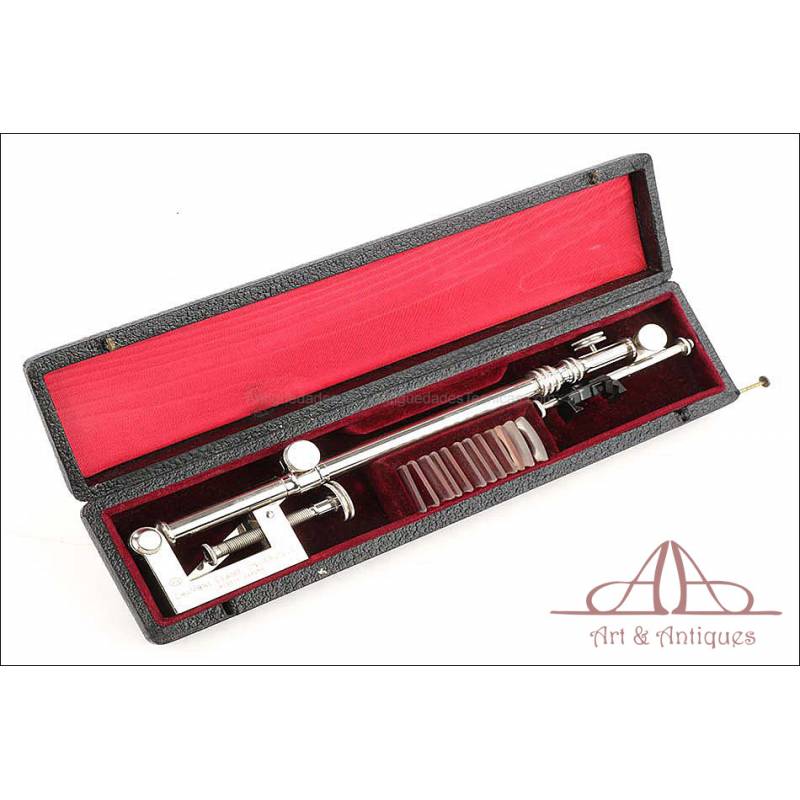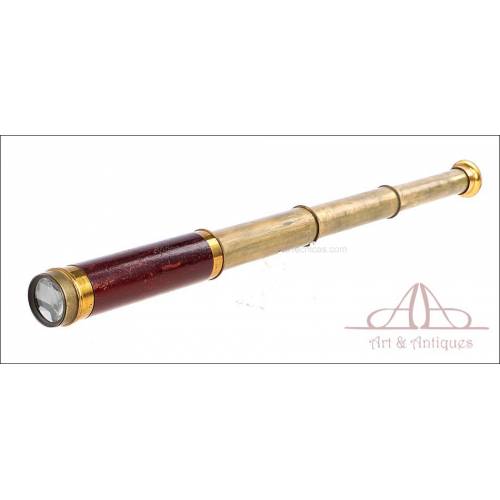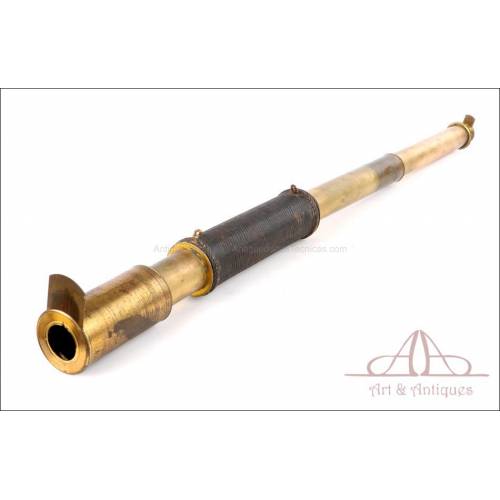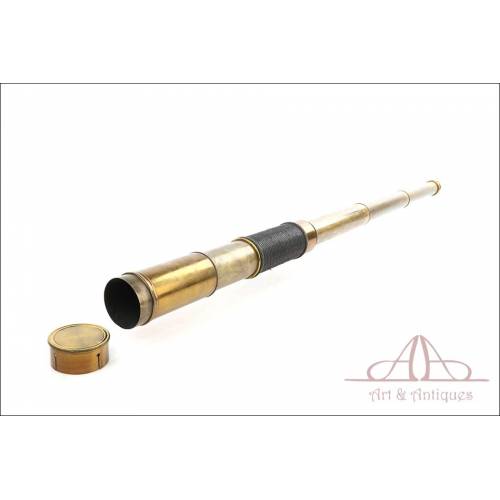E-023
Antique Berville Universal Camera Lucida. France, Early 20th Century
Striking and complete Berville universal camera lucida. In its original storing case. With a complete set of lenses in use condition.
Sold!
Antique Berville Universal Camera Lucida. France, Early 20th Century
Antique Berville universal camera lucida, an original piece from France made in the early 20th century and in excellent condition. This device is made of polished silvery metal, with no traces of rust or wear in all its surface. The clamp which attaches the instrument to the table bears an engraved inscription with the manufacturer’s name (P. Berville) and address in Paris. The camera lucida comes with a complete finely-preserved set of lenses, perfect to use it for what it was originally concecived: reproducing reality in the most faithful way possible. The whole set is stored in a stylish case covered by black leatherette and with a fine red satin lining. The case is wonderfully preserved, with no stains, signs of wear of flaws.
Any lover of art and old-time gadgets will appreciate the charm and great condition of this antique Berville universal camera lucida, an essential piece to understand the development of arts in the first years of the 20th century.
Dimensions: Storing Case: Width: 10.70 in / 27.2 cm. Depth: 2.48 in / 27.2 cm. Camera Lucida: Length: 9.64-24.01 in / 24,5-61 cm.
Camera Lucida - History
The first camera lucida was created in the 19th century and was intended to draw objects, landscapes and portraits while keeping the exact proportions. Its operation was first described by Johannes Kepler in his work Dioptrica (1611), but there is no evidence of any camera lucida being constructed in those days. The first one ever made was designed by William H. Wollaston in 1807; he was also the one who gave it its name (camera lucida, which in Latin stands for ‘dark room’). During the 19th and part of the 20th, these devices became hugely popular. Curiously, in 1833 the photo pioneer Willim Fox Talbot tried to draw images from life using a camera lucida. As he was not satisfied by the outcome, he decided to search for a method which would ‘print images from life in a long-lasting way’. It was then when photography was born.

















